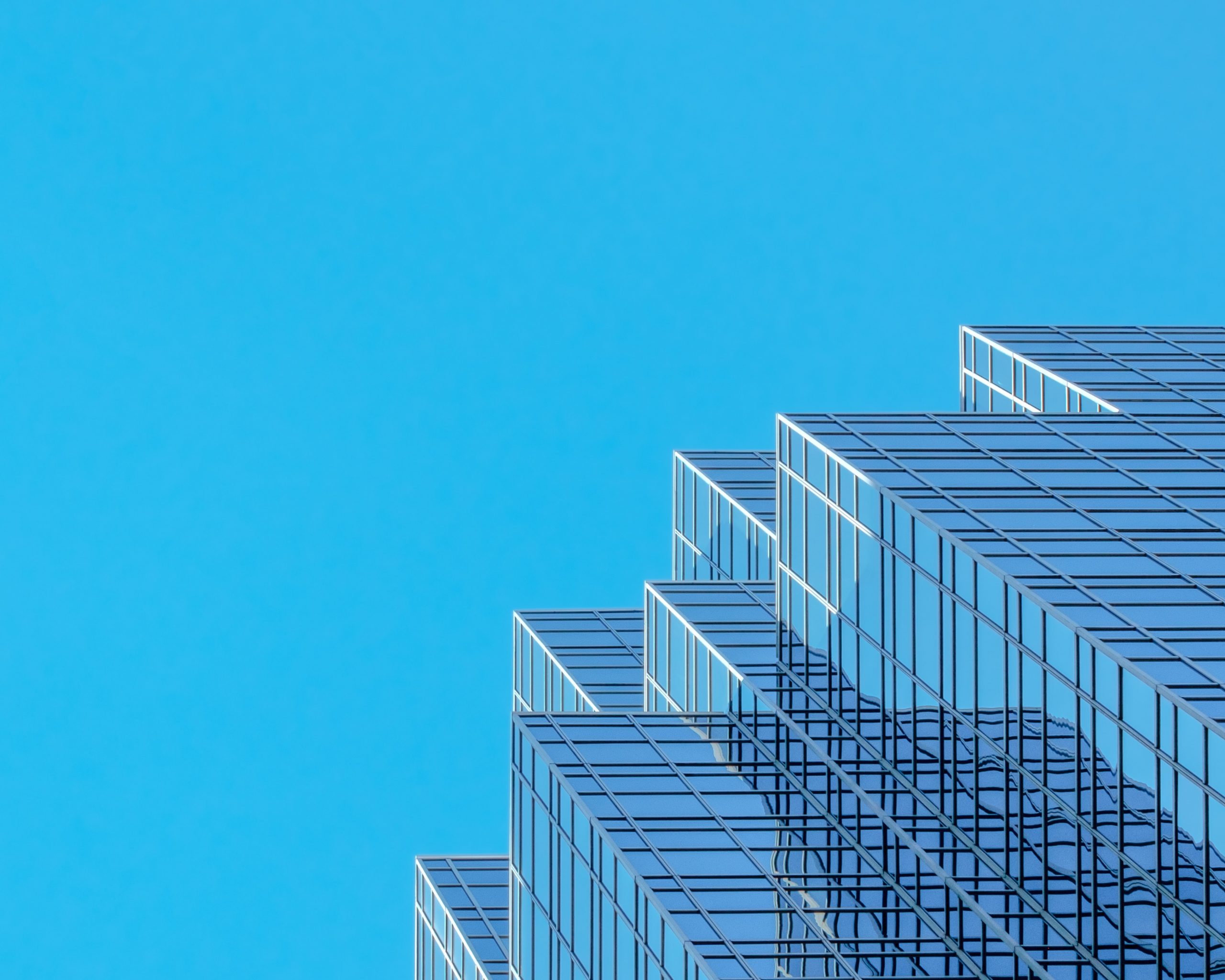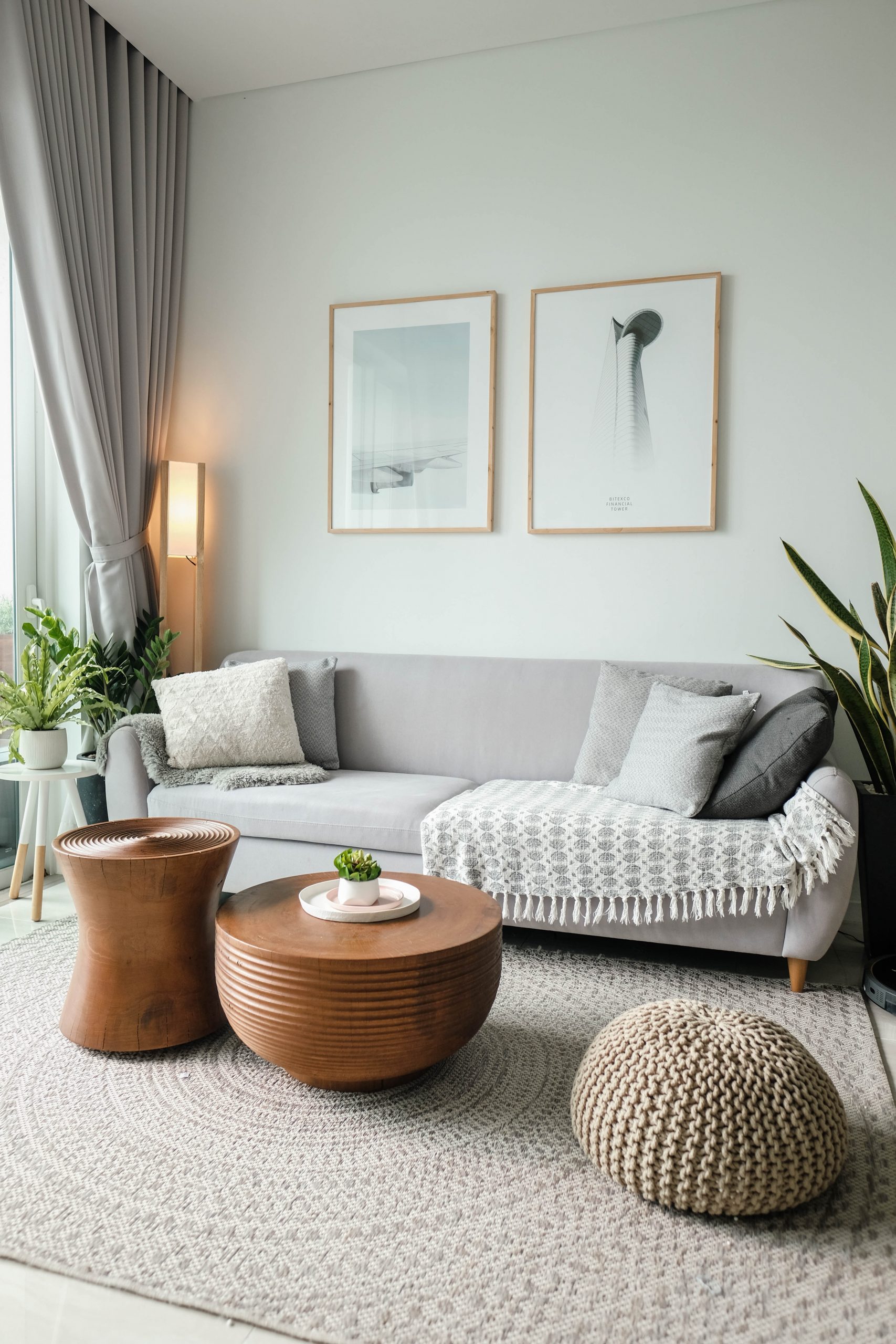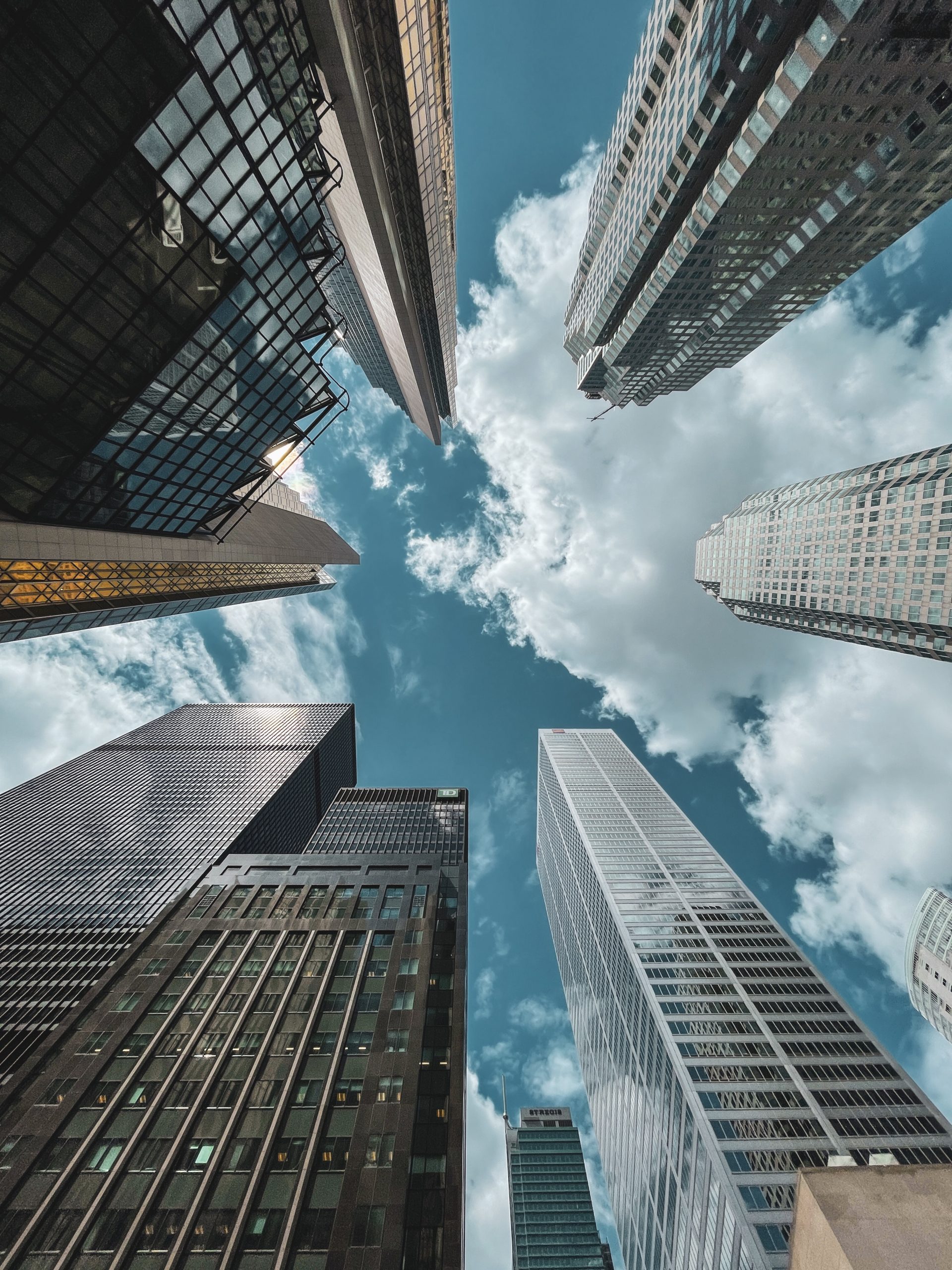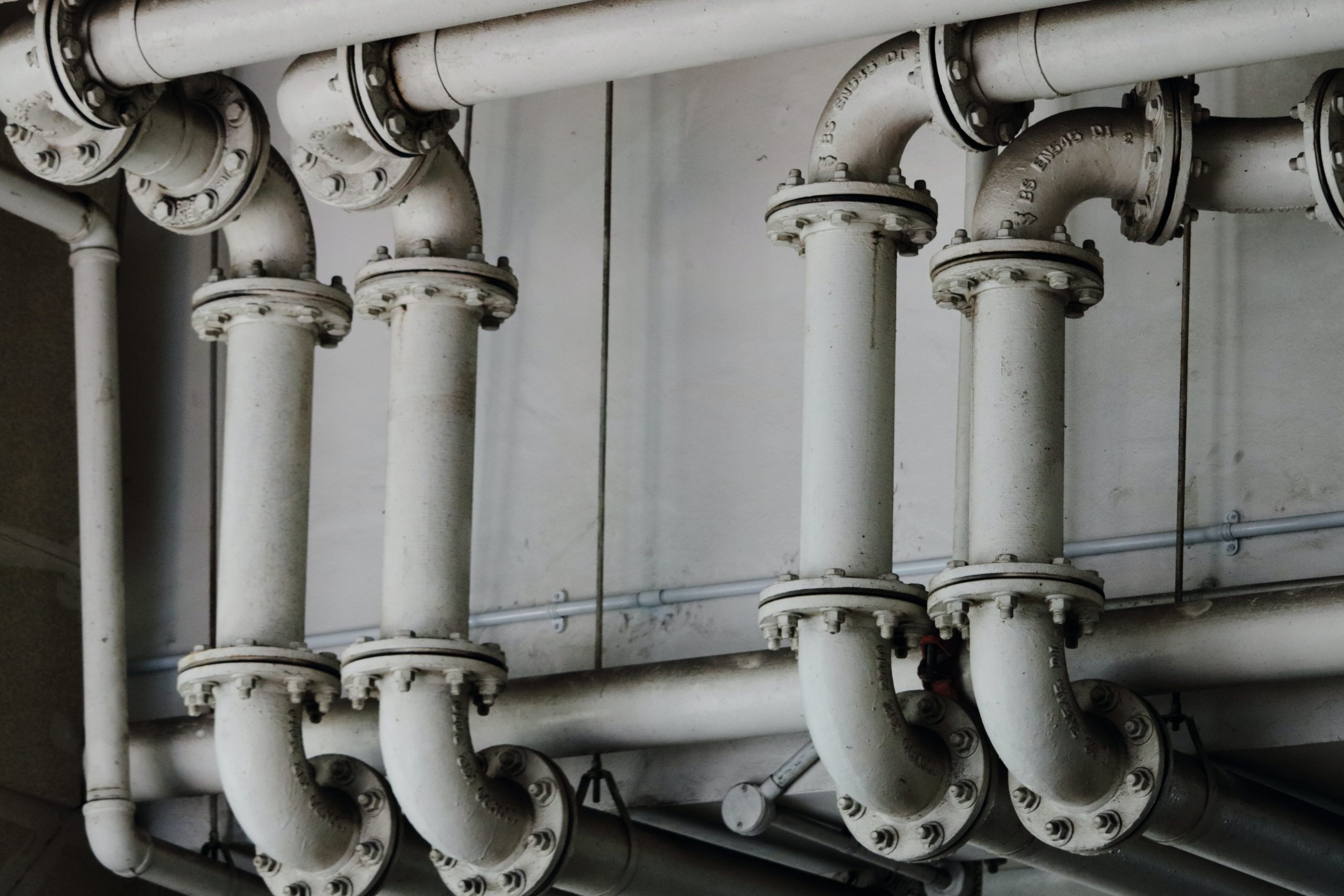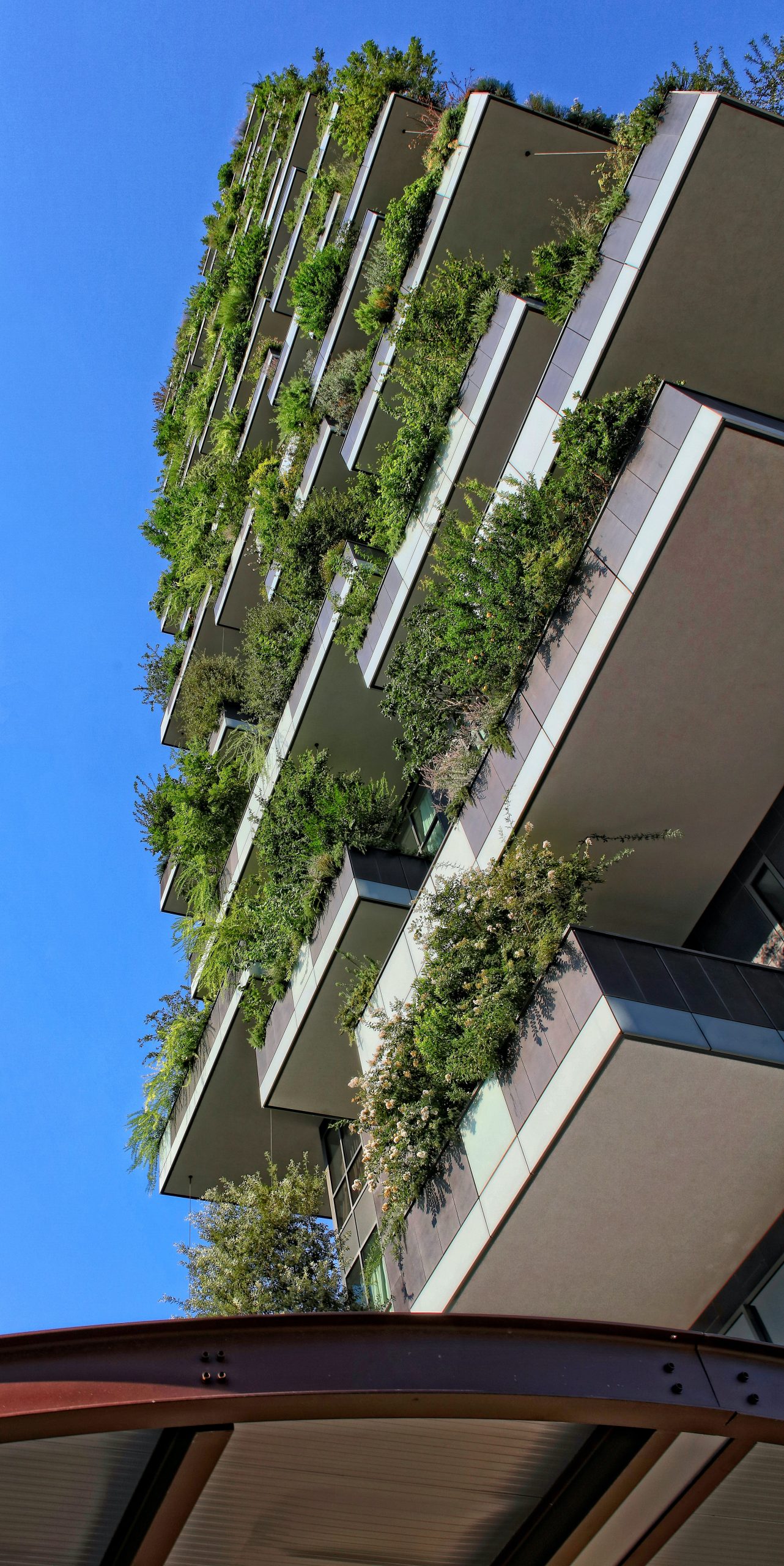Unlocking the Future: Integrating Building Automation Systems with Architectural Designs
In the modern era, technology has revolutionized the way architects design buildings. With the advent of building automation systems (BAS), architects can now create designs that integrate seamlessly with these systems. With the increasing focus on energy efficiency, BAS has become a popular choice for buildings of all types. This integration not only helps reduce energy consumption but also provides a more comfortable living or working space for the occupants. This blog post will explore the benefits of integrating BAS with architectural designs, including enhanced functionality, cost savings, and improved environmental sustainability. We will also discuss the various considerations that need to be taken into account when integrating BAS with architectural designs. So, whether you are an architect or building owner, read on to learn how to unlock the full potential of BAS and architectural designs.
1. Introduction: The importance of building automation systems
In today’s rapidly advancing world, the integration of technology has become a driving force behind innovation and efficiency. When it comes to architectural designs, the importance of building automation systems cannot be overstated. These systems have revolutionized the way buildings are managed, offering a wide range of benefits for both commercial and residential structures.
Building automation systems, also known as BAS or BMS (Building Management Systems), are intelligent networks of interconnected devices and sensors that control and monitor various functions within a building. These functions can include lighting, HVAC (Heating, Ventilation, and Air Conditioning), security systems, energy management, and much more. By centralizing the control and management of these systems, building automation systems provide a holistic approach to building operations.
One of the key advantages of integrating building automation systems with architectural designs is the ability to optimize energy usage. With rising concerns about environmental sustainability, energy efficiency has become a top priority for building owners and occupants. By implementing smart controls and sensors, building automation systems can regulate energy consumption based on factors such as occupancy, time of day, and environmental conditions. This not only reduces energy waste but also leads to significant cost savings in the long run.
Additionally, building automation systems enhance the comfort and convenience of building occupants. Imagine a building that automatically adjusts its lighting levels and temperature based on occupancy and natural light availability. With the integration of intelligent sensors and controls, building automation systems create an environment that adapts to the needs and preferences of its users. This not only improves occupant satisfaction but also increases productivity and overall well-being.
From a security standpoint, building automation systems play a crucial role in safeguarding the building and its occupants. By integrating security systems such as access control, surveillance cameras, and alarm systems, building automation systems provide a comprehensive security framework. This allows for real-time monitoring, quick response to emergencies, and the ability to remotely manage security protocols.
In conclusion, the importance of building automation systems cannot be ignored in today’s architectural designs. From energy efficiency and occupant comfort to enhanced security measures, these systems offer a multitude of benefits. As we unlock the future of smart buildings, integrating building automation systems into architectural designs will undoubtedly shape the way we live, work, and interact with our built environment.
2. What are building automation systems and why are they crucial to architectural designs?
Building automation systems, commonly known as BAS, play a vital role in shaping the future of architectural designs. These systems are a combination of hardware, software, and network infrastructure that control and monitor various building functions, such as heating, ventilation, air conditioning, lighting, security, and more.
Gone are the days when architectural designs solely focused on aesthetics and structural integrity. In today’s world, the integration of building automation systems has become crucial to create smart and sustainable buildings.
The primary purpose of building automation systems is to enhance the overall efficiency, comfort, and safety of occupants while minimizing energy consumption and operational costs. By automating and centralizing control over various building functions, BAS allows for seamless coordination and optimization of resources.
Architects and designers need to consider building automation systems right from the conceptual stage of a project. Integrating these systems into architectural designs offers numerous benefits. Firstly, it allows for precise control over various building parameters, ensuring optimal comfort levels for occupants while maintaining energy efficiency. For example, the system can automatically adjust the temperature and lighting based on occupancy or ambient conditions, reducing energy wastage.
Secondly, building automation systems enable real-time monitoring and data analysis, providing valuable insights into the building’s performance. Architects can utilize this data to identify areas of improvement, implement energy-saving measures, and make informed design decisions for future projects.
Moreover, the integration of BAS promotes sustainability by supporting green building practices. Automated systems can optimize energy usage, monitor and manage renewable energy sources, and facilitate efficient waste management.
In addition to these benefits, building automation systems also enhance the security and safety of a building. Integrated security systems, such as access control and surveillance cameras, can be seamlessly incorporated into the architectural design, ensuring a comprehensive and reliable security infrastructure.
In conclusion, building automation systems have become indispensable in architectural designs. By incorporating these systems, architects can create buildings that are not only visually appealing but also intelligent, energy-efficient, and sustainable. The integration of BAS opens up new possibilities for creating a future where buildings are seamlessly connected, responsive to occupants’ needs, and contribute towards a greener and smarter world.
3. Benefits of integrating building automation systems with architectural designs
Integrating building automation systems with architectural designs offers numerous benefits that can revolutionize the way buildings function and improve the overall experience for occupants.
First and foremost, it enhances energy efficiency. By seamlessly incorporating automation systems into the architectural design, buildings can optimize energy consumption by implementing smart lighting, HVAC, and power management systems. These systems can automatically adjust settings based on occupancy, time of day, and environmental conditions, resulting in significant energy savings and reduced utility costs.
Another major benefit is improved comfort and convenience. Building automation systems can provide personalized control and customization options for occupants. Imagine walking into a room that adjusts the temperature, lighting, and even the music based on your preferences. Such integration not only enhances comfort but also enables efficient space utilization, ensuring that each area is utilized to its full potential.
Safety and security are also greatly enhanced through integration. Building automation systems can be seamlessly integrated with security systems, such as access control and surveillance cameras, providing a comprehensive security solution. In case of emergencies, automated systems can trigger alarms, notify emergency services, and even guide occupants to safety through well-placed signage and lighting.
Maintenance and operational efficiency are also improved through integration. Building automation systems can monitor and analyze data from various components, allowing for proactive maintenance and timely identification of potential issues. This prevents costly equipment failures and reduces downtime, ensuring smooth operations and minimizing disruptions.
Lastly, integrating building automation systems with architectural designs future-proofs the building. As technology advances, these systems can easily adapt and incorporate new features and functionalities, allowing the building to stay up-to-date and relevant for years to come.
In conclusion, the benefits of integrating building automation systems with architectural designs are vast. From energy efficiency and improved comfort to enhanced safety and operational efficiency, this integration unlocks the true potential of buildings, creating smarter, more sustainable, and user-centric spaces.
4. Case studies: Successful examples of integrating building automation systems with architectural designs
Case studies offer invaluable insights into real-world examples of successful integration of building automation systems with architectural designs. These examples not only demonstrate the effectiveness of incorporating automation into architectural plans but also provide inspiration for future projects.
One compelling case study is the Edge, a sustainable office building in Amsterdam. This architectural marvel seamlessly integrates various building automation systems to create a highly efficient and intelligent workspace. The Edge utilizes smart lighting, occupancy sensors, and a sophisticated climate control system to optimize energy consumption and enhance occupant comfort. The integration of these automation systems into the architectural design has resulted in a remarkable reduction in energy usage, making it one of the most sustainable buildings in the world.
Another notable case study is the King Abdullah University of Science and Technology (KAUST) in Saudi Arabia. This cutting-edge research facility demonstrates the successful integration of building automation systems with architectural designs on a large scale. The building incorporates advanced automation technologies such as intelligent lighting, shading control, and centralized HVAC systems. These systems work harmoniously with the architectural design to create an environment that is both energy-efficient and conducive to research and innovation.
In the healthcare sector, the Lucile Packard Children’s Hospital in California exemplifies how building automation systems can be seamlessly integrated into architectural designs to enhance patient experience and improve operational efficiency. The hospital incorporates automated lighting, temperature control, and security systems to create a nurturing and safe environment for patients. The integration of these systems into the architectural design allows for streamlined operations and better control over critical factors such as lighting levels and air quality.
These case studies highlight the immense potential of integrating building automation systems with architectural designs. By showcasing the successful implementation of automation technologies, they provide valuable lessons and inspiration for architects, engineers, and building owners who are looking to unlock the full potential of smart buildings.
5. Challenges and considerations when integrating building automation systems with architectural designs
Integrating building automation systems with architectural designs is a complex process that comes with its own set of challenges and considerations. While the benefits of automation are undeniable, it is important to carefully navigate these challenges to ensure a seamless and efficient integration.
One of the primary challenges is the compatibility of the building automation system with the architectural design. The system needs to seamlessly blend with the aesthetics and functionality of the building without compromising its design integrity. This requires close collaboration between architects, engineers, and automation specialists to find the right balance between form and function.
Another consideration is the scalability and flexibility of the automation system. As architectural designs evolve and buildings undergo expansions or renovations, the automation system should be able to adapt and accommodate these changes. It is crucial to choose a system that can be easily upgraded or expanded without major disruptions to the building’s operations.
Moreover, the integration process may involve retrofitting existing buildings with automation systems. This poses additional challenges as it requires careful planning to ensure compatibility with the building’s infrastructure and minimize disruption to occupants. It may also involve overcoming technical constraints or limitations posed by the existing structure.
Furthermore, the integration of building automation systems requires thorough coordination between different trades and disciplines involved in the construction process. Architects, engineers, electricians, and automation specialists must work together closely to ensure that the design and installation of the system align with the architectural vision and meet the building’s requirements.
Additionally, cybersecurity considerations cannot be overlooked. With the increasing connectivity and data exchange within automated systems, it is crucial to implement robust security measures to safeguard against potential cyber threats. This includes encryption protocols, access controls, and regular system audits to identify and address vulnerabilities.
Lastly, budget constraints may pose challenges when integrating building automation systems with architectural designs. It is important to strike a balance between the desired level of automation and the available financial resources. Prioritizing key functionalities and planning for future expansions can help optimize the allocation of budget.
In conclusion, integrating building automation systems with architectural designs requires careful planning, collaboration, and consideration of various challenges. By addressing compatibility, scalability, retrofitting, coordination, cybersecurity, and budget constraints, architects and automation specialists can unlock the full potential of automation while enhancing the overall functionality and aesthetics of the building.
6. Key elements to consider during the architectural design phase for seamless integration
When it comes to integrating building automation systems with architectural designs, there are several key elements that should be carefully considered during the architectural design phase. These considerations are crucial for ensuring a seamless integration and optimal functionality of the building automation systems.
First and foremost, the layout and structure of the building should be designed with the purpose of accommodating the necessary infrastructure for the automation systems. This includes allocating space for control panels, wiring, sensors, and other components that are essential for the automation system to operate effectively. By incorporating these elements into the design from the outset, you can avoid the need for costly and disruptive modifications later on.
Additionally, the placement and positioning of key components within the building should be strategically planned. For example, sensors and detectors should be strategically located to ensure accurate monitoring and control of various building systems such as lighting, HVAC, and security. This requires a thorough understanding of the functionality and requirements of the automation systems, as well as the specific needs of the building occupants.
Moreover, the integration of building automation systems should be considered in relation to the overall energy efficiency and sustainability goals of the building. By incorporating energy-saving features such as smart lighting controls, occupancy sensors, and automated HVAC systems, the building can optimize energy consumption and reduce environmental impact. This not only aligns with modern architectural trends but also contributes to long-term cost savings and operational efficiency.
Another important aspect to consider is the scalability and flexibility of the automation systems. As technology continues to advance, it is essential to design an infrastructure that can adapt and accommodate future upgrades and expansions. This means incorporating flexible wiring and communication networks that can easily integrate new devices and technologies without major disruptions to the building’s operations.
Lastly, collaboration and communication between architects, engineers, and automation specialists are paramount. By involving all relevant stakeholders from the beginning, it is possible to ensure that the architectural design aligns with the technical requirements of the building automation systems. This collaborative approach helps to address potential challenges and optimize the integration process, ultimately leading to a successful and efficient building automation system.
In conclusion, integrating building automation systems with architectural designs requires careful consideration of key elements during the design phase. By planning for the necessary infrastructure, strategically placing components, prioritizing energy efficiency, ensuring scalability, and fostering collaboration, architects can unlock the full potential of building automation systems, creating smart and sustainable buildings for the future.
7. Collaboration between architects and building automation system experts
Collaboration between architects and building automation system experts is crucial in unlocking the full potential of integrating these systems with architectural designs. Architects are responsible for creating functional and aesthetically pleasing spaces, while building automation system experts specialize in optimizing the performance and energy efficiency of buildings through automation technology.
When architects and building automation system experts work together from the inception of a project, they can seamlessly integrate automation features into the design, maximizing efficiency and user experience. This collaboration allows for the identification of specific automation requirements based on the building’s purpose, layout, and user needs.
Architects can provide valuable input on the spatial and aesthetic considerations, ensuring that the automation components blend harmoniously with the overall design. They can also help incorporate automation features into the building’s layout, such as strategically locating sensors or control panels for optimal functionality and accessibility.
On the other hand, building automation system experts can provide technical expertise and guidance on the capabilities and limitations of the automation systems. They can advise architects on the integration of various elements, such as HVAC (heating, ventilation, and air conditioning), lighting controls, security systems, and energy management solutions.
By collaborating early on, architects and building automation system experts can address any potential conflicts or challenges that may arise during the design and implementation phases. This collaborative approach ensures that the building’s automation systems seamlessly integrate into its architecture, enhancing both its functionality and aesthetics.
Moreover, this collaboration allows for innovation and creativity in the design process. Architects can explore new possibilities and incorporate cutting-edge automation technologies to create unique and sustainable spaces. Building automation system experts can offer insights into the latest advancements in automation technology, enabling architects to push the boundaries of what is possible in terms of efficiency, comfort, and sustainability.
In conclusion, collaboration between architects and building automation system experts is essential for successfully integrating building automation systems with architectural designs. By working hand in hand, they can create spaces that are not only visually appealing but also optimized for efficiency, comfort, and sustainability. This collaboration unlocks the future of smart buildings, where automation seamlessly blends with architectural excellence.
8. The role of technology in enabling integration and automation
Technology plays a pivotal role in enabling integration and automation within building automation systems (BAS). With the rapid advancements in digital technology, architects and designers now have the opportunity to seamlessly integrate BAS into their architectural designs, creating smart buildings that are efficient, sustainable, and responsive to the needs of occupants.
One of the key technologies driving this integration is the Internet of Things (IoT). IoT allows devices and systems within a building to connect and communicate with each other, exchanging valuable data and insights. This connectivity empowers BAS to streamline operations, optimize energy usage, and enhance occupant comfort.
For example, smart sensors can be strategically placed throughout a building to monitor various parameters such as temperature, humidity, and occupancy levels. These sensors collect data in real-time and transmit it to the BAS, which then analyzes the information and triggers appropriate actions. This could include adjusting heating or cooling systems, turning off lights in unoccupied areas, or even opening and closing blinds based on the position of the sun.
Furthermore, the integration of artificial intelligence (AI) and machine learning algorithms adds another layer of sophistication to building automation systems. By continuously analyzing data patterns and learning from occupant behavior, AI algorithms can proactively anticipate and respond to changing needs. This could involve automatically optimizing energy usage based on occupancy patterns or dynamically adjusting lighting levels to create an ideal environment for productivity or relaxation.
In addition to improving operational efficiency and enhancing occupant comfort, technology-enabled integration and automation also contribute to sustainability efforts. BAS can significantly reduce energy consumption by optimizing HVAC systems, monitoring water usage, and intelligently managing lighting. These eco-friendly features not only benefit the environment but also lead to substantial cost savings for building owners and operators.
As architects and designers embrace the potential of technology, they can unlock a new era of building design where integration and automation seamlessly merge with architectural aesthetics. By incorporating BAS into their designs from the outset, they can create intelligent, sustainable, and future-proof buildings that cater to the evolving needs of occupants and pave the way for a more efficient and interconnected world.
9. Future trends and advancements in building automation systems and architectural designs
As technology continues to evolve at an unprecedented pace, the future of building automation systems and architectural designs holds great promise. The integration of these two disciplines is set to revolutionize the way buildings function and how they are experienced by occupants.
One of the most exciting trends on the horizon is the concept of “smart buildings” that are not only energy-efficient but also highly adaptable to the needs of their occupants. With the advancement of Internet of Things (IoT) technology, buildings can now be equipped with sensors, actuators, and data analytics capabilities, allowing for real-time monitoring and control of various systems.
Imagine a building that automatically adjusts its lighting, temperature, and ventilation based on occupancy levels and environmental conditions. This not only enhances comfort and productivity but also contributes to significant energy savings and a reduced carbon footprint.
Another trend gaining traction is the integration of virtual reality (VR) and augmented reality (AR) technologies in architectural designs. These immersive technologies enable architects and designers to create virtual walkthroughs of proposed buildings, allowing clients and stakeholders to experience the space before it is even built. This not only enhances communication and collaboration but also enables early identification and resolution of design issues.v
Furthermore, advancements in materials and construction techniques are pushing the boundaries of architectural designs. From self-healing materials that can repair themselves to 3D-printed structures, the possibilities are endless. These innovations not only offer aesthetic appeal but also improve sustainability, durability, and functionality.
In the future, we can expect to see more seamless integration between building automation systems and architectural designs. This means that architects and designers will need to collaborate closely with engineers and technology experts to create holistic and innovative solutions that meet the evolving needs of occupants and the environment.
As we unlock the potential of building automation systems and architectural designs, we are paving the way for a future where buildings are not just physical structures but living, breathing entities that adapt, evolve, and contribute to a sustainable and connected world. The possibilities are truly awe-inspiring, and the future of building design and automation holds tremendous potential for creating smarter, more efficient, and more enjoyable spaces for all.
10. Conclusion: The potential impact of integrating building automation systems with architectural designs
In conclusion, the potential impact of integrating building automation systems with architectural designs is truly transformative. By bridging the gap between technology and design, we can unlock a future where buildings are not just structures, but living and breathing entities that adapt and respond to the needs of its occupants.
The seamless integration of these systems allows for enhanced energy efficiency, improved comfort, and increased productivity. Imagine a building that automatically adjusts its lighting and temperature based on occupancy, optimizing energy consumption and reducing costs. Picture a workspace that anticipates the needs of its users, creating an environment that promotes well-being and productivity.
Furthermore, the integration of building automation systems with architectural designs opens up new possibilities for sustainability and environmental stewardship. With smart monitoring and control, buildings can minimize energy waste, reduce carbon footprints, and contribute to a greener future.
From a user perspective, the integration of automation systems enhances convenience and comfort. Imagine entering a building where doors automatically open, elevators are summoned with a simple swipe, and personalized settings welcome you to each space. These intelligent systems not only save time but also create a memorable and delightful experience for occupants.
The potential impact of integrating building automation systems with architectural designs extends beyond individual buildings. It has the power to revolutionize entire cities, creating smart infrastructures that are interconnected and efficient. By leveraging data and analytics, urban planners can optimize energy distribution, manage resources effectively, and improve the overall quality of life for residents.
In conclusion, the integration of building automation systems with architectural designs is not just a trend but a necessity in the ever-evolving world of construction and design. It offers endless possibilities for efficiency, sustainability, and user experience. By embracing this integration, we can unlock the full potential of our built environment and pave the way for a smarter, greener, and more connected future.
We hope you found our blog post on integrating building automation systems with architectural designs insightful. As technology continues to advance, the importance of seamlessly integrating automation into architectural designs cannot be overstated. By doing so, we can unlock a future where buildings are not only aesthetically pleasing but also highly efficient, sustainable, and user-friendly. As architects and designers, it is crucial to embrace this integration and stay ahead of the curve to create innovative spaces that cater to the evolving needs of our modern world. Let’s embrace the limitless possibilities that come with unlocking the future through the integration of building automation systems with architectural designs.

